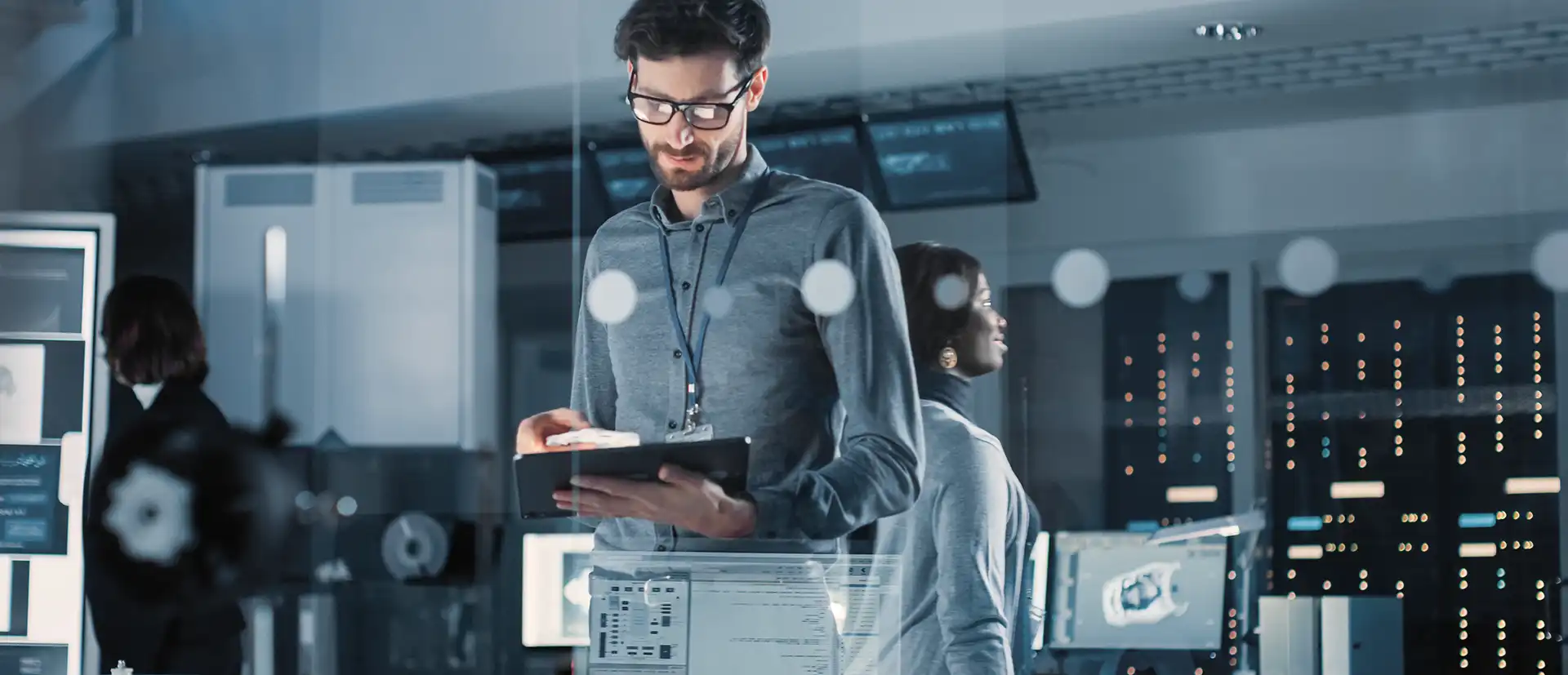
Circutor | 18 de July de 2025
Industrial automation is undergoing a rapid transformation, driven by the convergence of operational technologies (OT) and information technologies (IT). With the arrival of the Internet of Things (IoT), traditional closed architectures are giving way to smarter, more connected, and adaptable systems.
This new technological landscape is giving rise to a new generation of devices: industrial IoT controllers that combine the robustness of industrial hardware with the flexibility of modern software.
But what really sets them apart from traditional PLCs or industrial platforms like Raspberry Pi?
An industrial IoT controller or edge computer is a device designed to operate safely and reliably in demanding industrial environments, with the ability to perform real-time control tasks while also integrating with cloud-based monitoring and analytics platforms.
Unlike traditional PLCs, it does more than just process control logic—it includes edge computing capabilities, advanced connectivity, and local data processing.
These devices offer native support for a wide range of industrial and IoT protocols such as Modbus RTU/TCP, MQTT, OPC UA, HTTPS, and more. This enables easy integration with digital infrastructures, tools like Node-RED, Grafana, and InfluxDB, as well as with cloud services like AWS, Azure, and Google Cloud. In addition, support for programming languages such as C, C++, Python, Go, Java, etc., greatly expands development and integration possibilities.
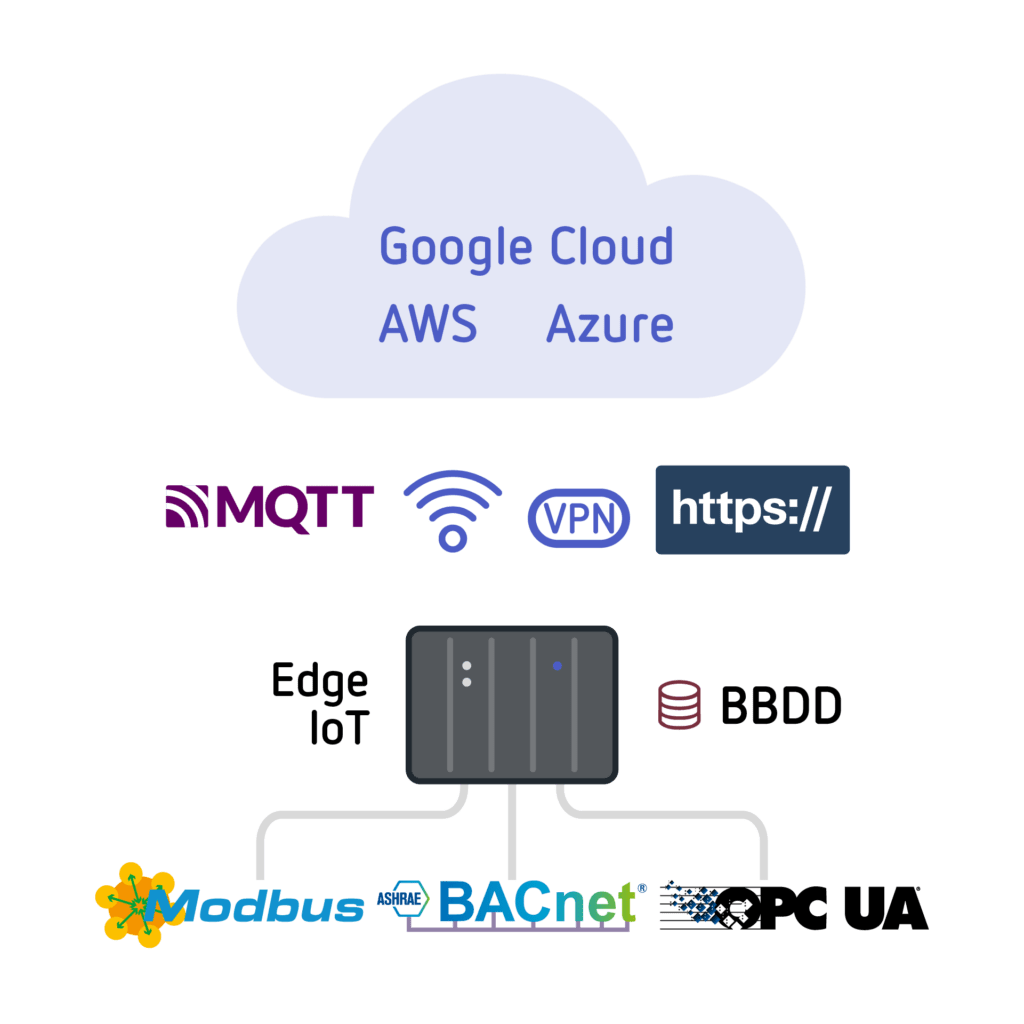
Industrial and IoT protocols
Another key aspect is the ability to perform secure remote system and software package upgrades, allowing equipment to remain protected without the need to physically travel to the site. Industrial IoT controllers also incorporate native support for docker containers, which simplifies the deployment, management and updating of applications, streamlining integration and maintenance in complex industrial environments.
Their key differentiator lies in the ability to unify the OT and IT worlds, enabling more agile, scalable, and open deployment of industrial digitalization projects.
PLCs have been, and still are, the foundation of industrial control. They are known for their reliability, resilience in extreme conditions, and ease of programming via the IEC 61131-3 standard. However, in scenarios that demand advanced connectivity, real-time data transmission to the cloud, secure remote access, or local data processing, traditional PLCs tend to fall short or require additional components, such as IoT gateways or external servers, thus increasing the complexity and cost of deployment.
Furthermore, traditional PLCs are designed to operate within closed architectures, which hampers interoperability with IT environments and limits the adoption of new technologies based on open software or APIs.
The industrial Raspberry Pi has gained prominence thanks to its low cost and open ecosystem. It's ideal for prototyping projects, proof-of-concept developments, and certain IoT applications where the environment is not critical. Its processing power and compatibility with Linux-based operating systems make it easy to build complex solutions.
However, even in its industrial-grade versions, it presents significant limitations in demanding environments, particularly in the following areas:
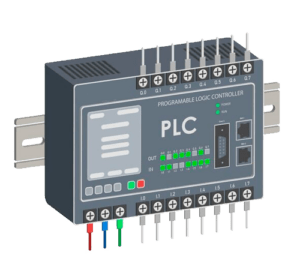
Traditional PLC
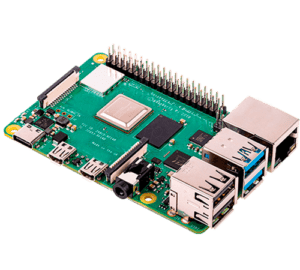
Raspberry Pi
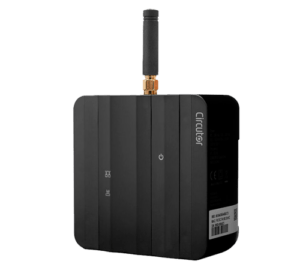
Industrial IoT Controller*
* Included natively
Industrial automation is shifting towards a hybrid model, where closed architectures are losing ground to more flexible, interoperable, and connectivity-oriented systems. In this context, industrial IoT controllers are emerging as key players by combining the reliability of industrial-grade hardware with the versatility of modern software.
Choosing the right platform is not just a matter of budget, but also of strategic factors such as connectivity, cybersecurity, scalability, and long-term maintenance. While PLCs and industrial-grade Raspberry Pi systems still have their place depending on the application, industrial IoT controllers stand out as the most complete option for a transforming industry, offering a key set of features such as:
In short, industrial IoT controllers or edge devices are not merely a technical upgrade, they serve as a strategic bridge between the worlds of OT and IT. Their integration enables the gradual evolution of existing infrastructures by expanding their capabilities. In doing so, they add value, optimize architectures, and prepare systems to meet the current and future challenges of the industrial landscape.
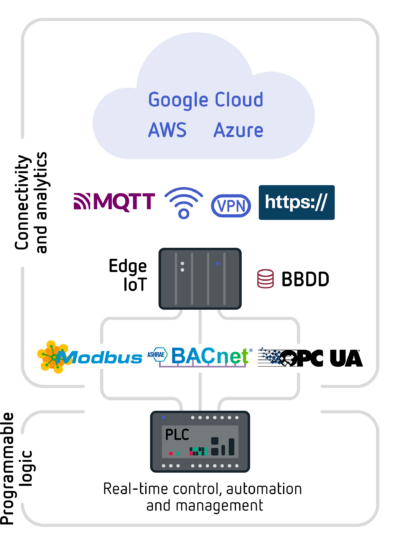
If your project requires a tailored solution, Circutor offers custom IoT systems, as well as controllers like the eManager and eCore, designed for demanding environments.

WRITTEN BY CIRCUTOR